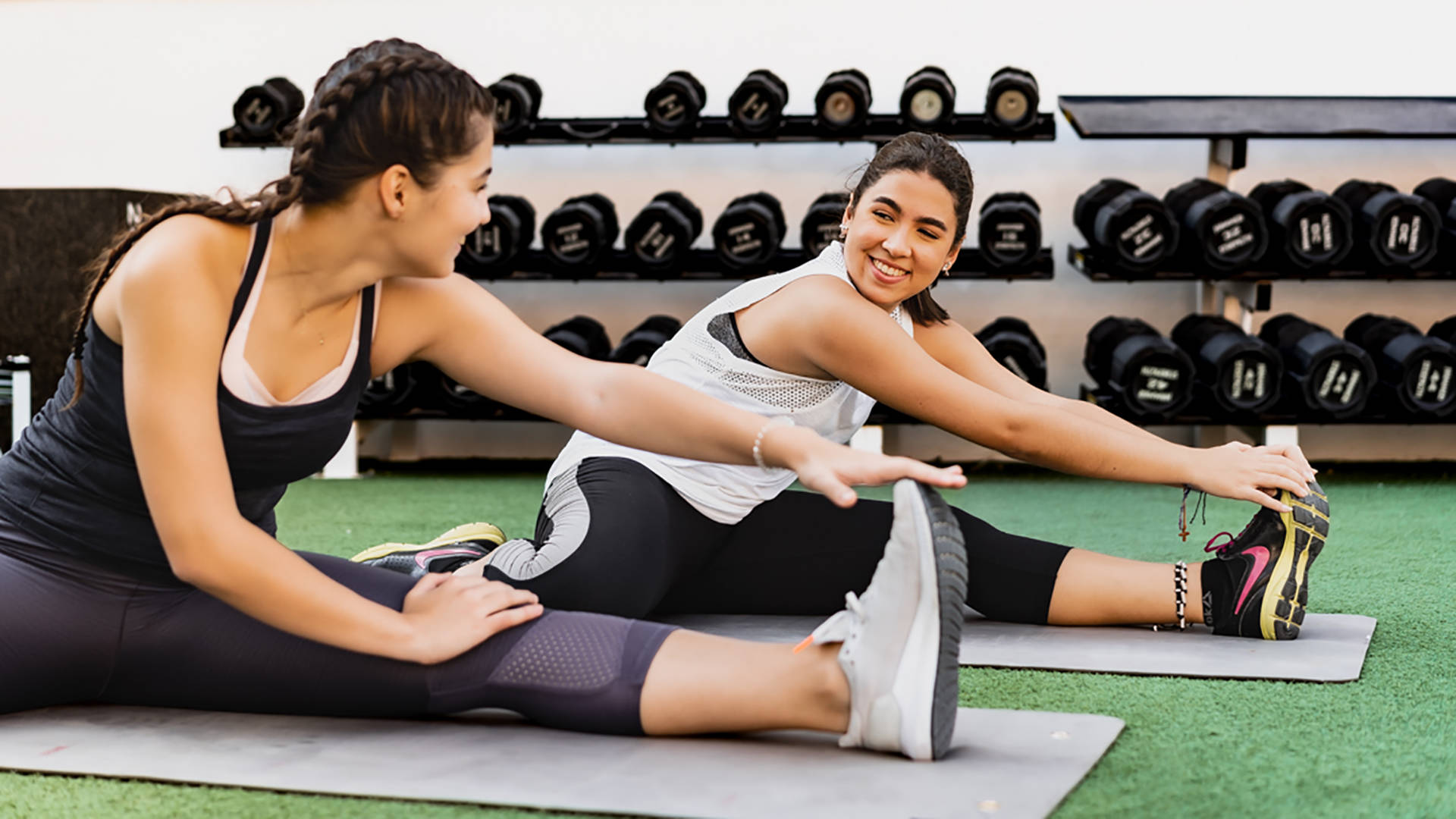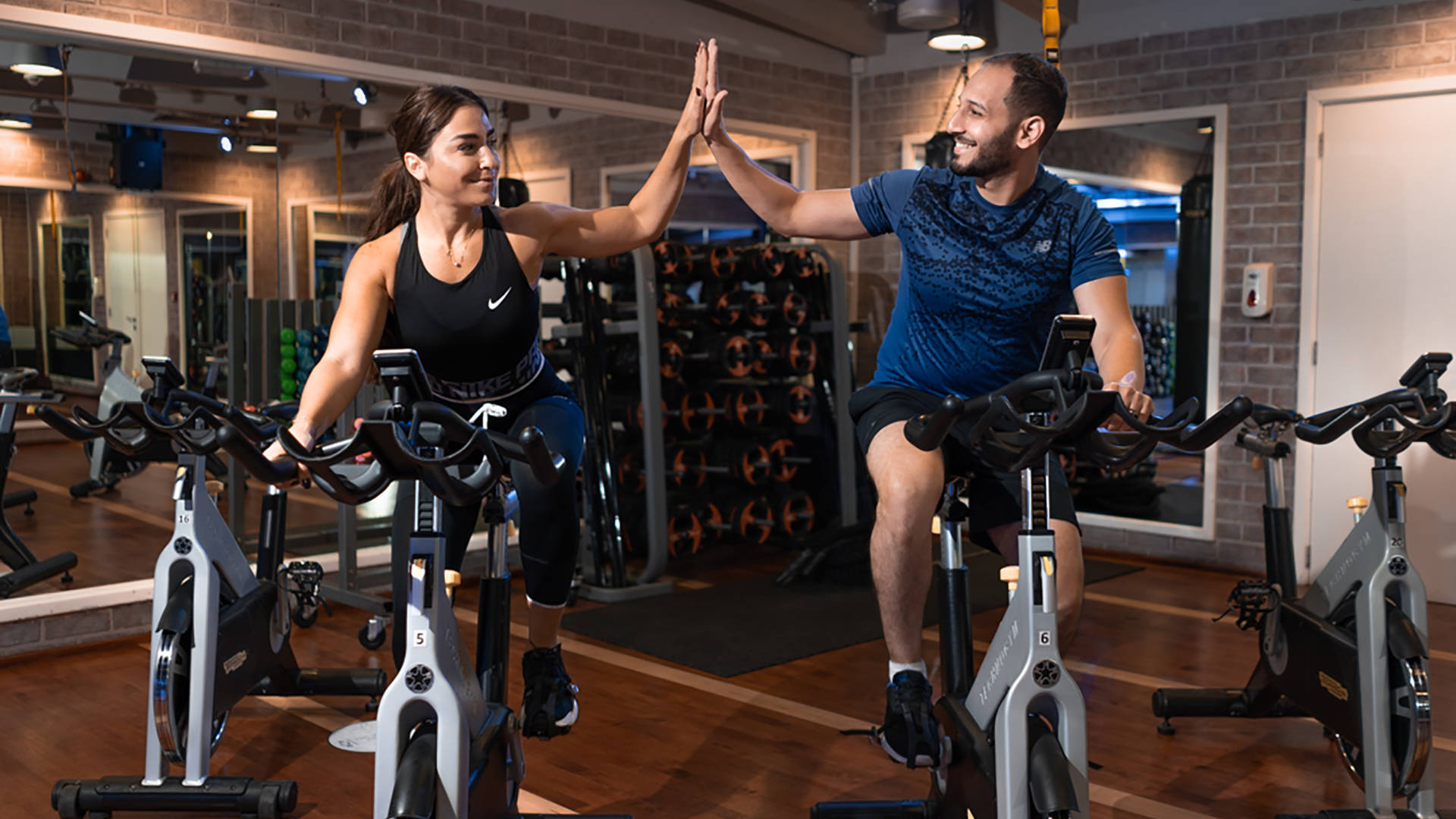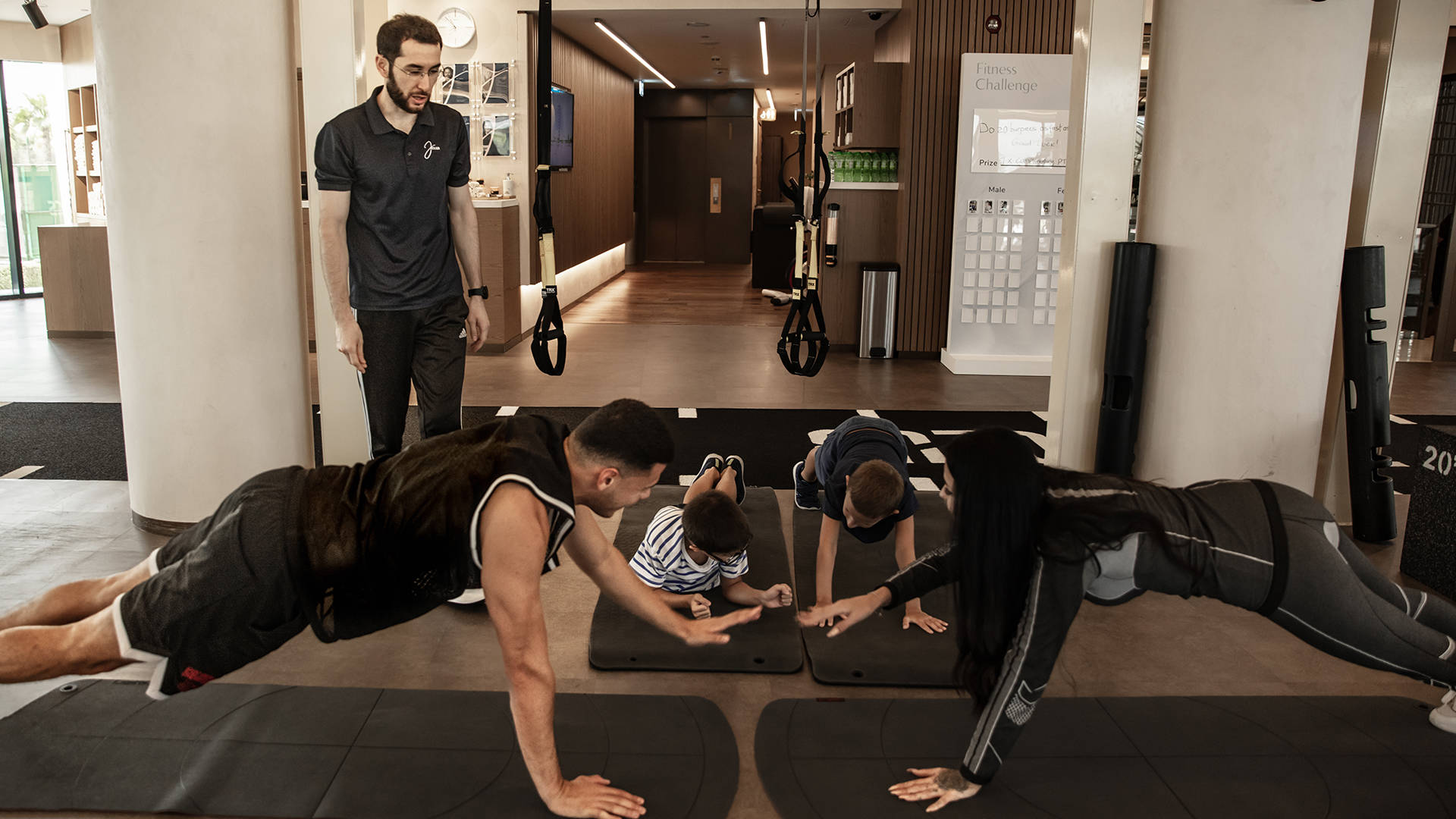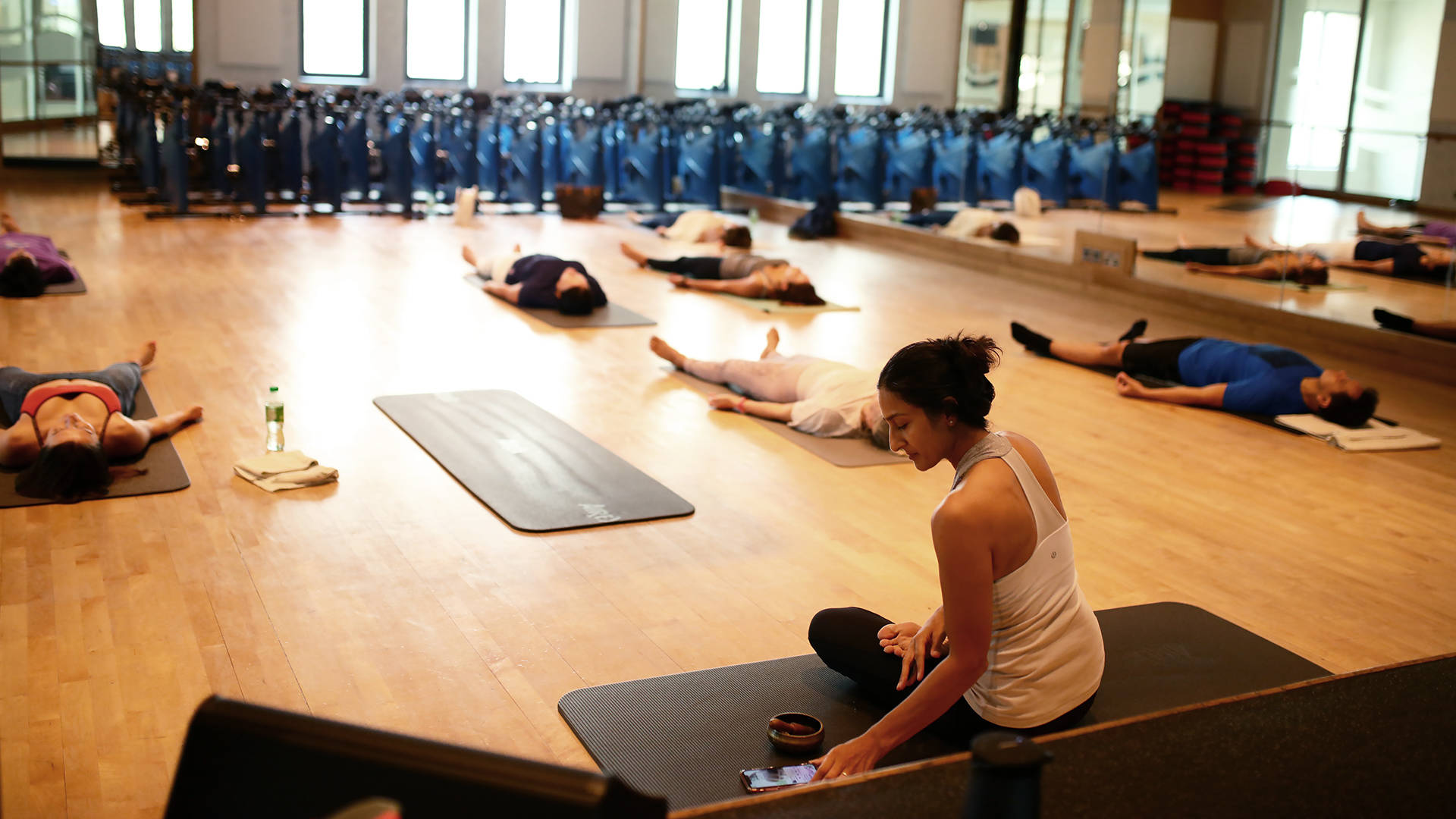7 Benefits of Stretching: How to Stretch, When to Stretch
Stretching could seem like a skill used mainly by runners or gymnasts. However, to preserve our flexibility and movement, we must all stretch. Many individuals are unaware that stretching has to be done daily. Daily is the ideal schedule.
What are the 7 Benefits of Stretching?
Below are among the 7 main benefits of stretching:
1. Preserves Joint Range of Motion
Stretching helps maintain joint mobility by keeping muscles flexible and strong. This allows the joints to move freely without the restrictions caused by tight or shortened muscles.
2. Prevents Muscle Tightness
Without regular stretching, muscles can become tense and shorten over time. When this happens, the muscles struggle to perform movements that require them to extend fully, increasing the risk of injury.
3. Reduces Risk of Muscle Strain
Tight muscles are more prone to strains, especially when they're suddenly exposed to physical activity. Stretching helps prevent muscle strain by ensuring the muscles are pliable and ready for movement.
4. Improves Daily Mobility
Stretching can prevent issues like tight hamstrings, which can make everyday activities like walking or straightening your knee more difficult. Maintaining flexibility through stretching promotes ease of movement in daily life.
5. Prevents Injury During Physical Activity
When tight muscles are subjected to sudden activity, such as playing sports, they are more likely to get injured. Stretching reduces the likelihood of muscle injury by preparing them for physical exertion.
6. Supports Joint Health
Flexible muscles better support the joints during movement. Damaged or tight muscles can fail to stabilize the joints, leading to joint injuries. Stretching helps maintain muscle health, which in turn protects your joints.
7. Improves Balance and Stability
Strong, flexible muscles are crucial for maintaining balance. Stretching helps improve muscle strength and flexibility, which can prevent falls, especially in individuals with balance issues.
How do I Stretch?
Warm up with five to ten minutes of gentle exercise before stretching. Extend till a small tug is felt. After that, hold the stretch for around thirty seconds. Stretch both sides two or four more times. Make it a point to stretch your body's primary muscle groups two or three days a week. Here are some basic stretches to try:
Calf Stretch
The lower leg's back is occupied by the calf muscle. To extend your calf muscles:
- Place yourself arm's length away from a wall or a robust piece of workout gear.
- Place the right foot behind the left.
- Bend your left leg slowly forward while maintaining a straight right knee and a flat right heel on the ground.
- Maintain a straight back and forward-facing hips. Avoid turning your feet inside or outside.
- Hold on for around thirty seconds.
- Repeat after switching legs.
Bend your right knee slightly while bending your left leg forward to increase the depth of the stretch.
Hamstrings Stretch
The rear of the upper leg is occupied by the hamstring muscle. To extend the muscles in your hamstrings:
- Position yourself on the floor next to a door frame or wall's outside corner, with your left leg resting on the wall.
- Raise your left leg and place your left heel against the wall. Bend your left knee just a little bit.
- Till you feel a stretch along the back of your left thigh, slowly extend your left leg.
- Hold on for around thirty seconds.
- Repeat after switching legs.
Increase the stretch by progressively moving closer to the wall or door frame as your flexibility grows.
Quadriceps Stretch
Stretching down the front of the leg is the quadriceps muscle. To extend the muscles of the quadriceps:
- For support, take a position next to a wall or a piece of robust workout equipment.
- Holding onto your ankle, slowly raise and lower your heel until you feel a stretch at the front of your thigh.
- Keep your knees close together and tense your abdominal muscles to stop your tummy from drooping outward.
- Hold on for around thirty seconds.
- Repeat after switching legs.
Hip flexor Stretch
You can flex at the waist and raise your knees thanks to your hip flexors. These muscles are located directly behind the hip bones on the upper thighs. Exercising your hip flexors:
- On your right knee, bend. Place a folded towel under your kneecap for comfort.
- With your knee bent and your left hand stabilised on your left thigh, plant your left foot in front of you.
- To prevent bending at the waist, place your right hand on your right hip. Maintain a straight spine and tense abdominal muscles.
- Put additional weight on your front leg as you bend forward. Your right thigh will feel stretched.
- Hold on for around thirty seconds.
- Repeat after switching legs.
Iliotibial Band Stretch
A band of tissue that extends beyond the hip, thigh, and knee is known as the iliotibial band (ITB). To extend the ITB:
- For support, take a position next to a wall or a piece of robust workout equipment.
- At the ankle, fold your left leg over your right.
- Reach up and touch your right side with your left arm. Your left hip will feel stretched.
- Hold on for around thirty seconds.
- Repeat on the other side.
Shoulder Stretch
A rotator cuff injury may be the cause of tightness at the rear of the shoulder. Golfers, overhead racket players, and throwers in baseball, tennis, and other throwing sports are more likely to experience these issues. To maintain the flexibility of your shoulders:
- With your right arm, either above or below the elbow, bring your left arm across your body and hold it.
- Hold on for around thirty seconds.
- Repeat while switching arms.
Shoulder Stretch with Towel
The set of muscles commonly employed in overhead sports activities includes the internal rotators of the shoulder. To elongate these muscles:
- Firmly grasp a rolled-up towel with both hands.
- Using your upper hand, gently draw the towel upward. Your lower hand will be slowly dragged farther up your back, causing a stretch in the shoulder of your opposite arm.
- Hold on for around thirty seconds.
- Change hands and carry on.
Neck Stretch
To stretch your neck:
- Lean your head forward and to the right a little bit.
- Pull your head down gently with your right hand. A pleasant, gentle stretch down the rear left side of your neck will be felt.
- Hold on for around thirty seconds.
- Repeat on the other side.
Where to Start?
Stretching every day could seem daunting to someone with a large muscular body. The most crucial body parts to concentrate on are those related to mobility, specifically the lower extremities, which include the quadriceps at the front of the thigh, hamstrings, calves, and hip flexors in the pelvis. Another good exercise is to stretch your neck, shoulders, and lower back. At least three or four times a week, or as part of a routine, try to stretch.
When Should I Stretch?
It might be harmful to stretch muscles before they have warmed up. The fibers aren't ready and might get harmed when it's all chilly. Exercise initially will increase blood flow to the region, which will allow the tissue to become more flexible and adaptable. A five to ten-minute stroll or other brief bout of gentle exercise is all that is needed to warm up the muscles before stretching. After doing weight training or an aerobic activity, you may also stretch. For 30 seconds, hold the stretch. Avoid bouncing, as this might lead to injuries. Stretching will cause you to tense up, but shouldn't hurt you.
You can stretch at any time of the day as long as your muscles are warmed up. As such, it does not matter when you stretch; all that matters is that you actually do stretch!
In conclusion, your flexibility won't miraculously improve after just one stretch today. You'll have to persevere through the procedure and complete it gradually. You could have developed stiff muscles over several months, so it's unlikely that you'll be completely flexible after only a few sessions. Getting flexible takes weeks or months, and maintaining it will require ongoing effort.






